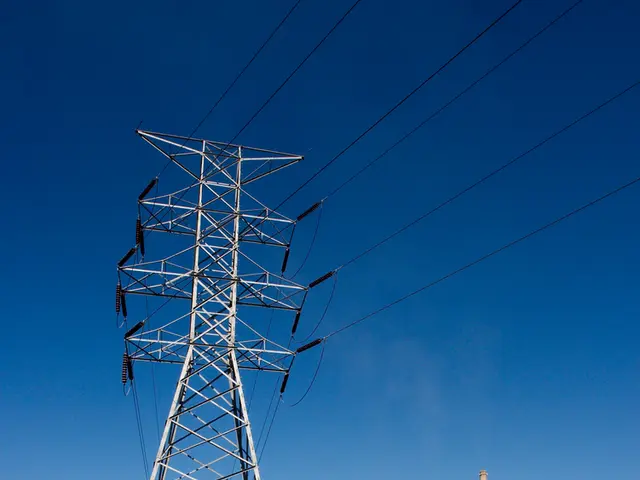Groundbreaking Study Rewrites Rules of Neutron Scattering in Porous Graphite
A groundbreaking study by the Karlsruhe Institute of Technology (KIT) has shed new light on the behaviour of porous graphite in nuclear reactors. The research challenges previous assumptions about neutron scattering in this material, which has been crucial in reactor technology since the 1940s.
Contrary to earlier beliefs, neutrons do not scatter more in porous graphite due to distorted atomic vibrations. Instead, the increased scattering is caused by neutrons bouncing off the surfaces of the pores themselves. This discovery is vital for the safety and design assessments of current and future reactors that rely on graphite, such as molten salt reactors and very high-temperature reactors.
The study confirms that porosity has a negligible effect on reactor physics or criticality safety when the small-angle neutron scattering (SANS) physics is accurately accounted for. This means the atomic vibrations, essential for graphite's interaction with neutrons, remain undisturbed by porosity. The incorrect, older models of porosity led to a significant bias in criticality calculations, artificially inflating the reactor's effective neutron multiplication factor (keff).
The corrected understanding of neutron scattering in porous graphite is crucial for the safe and efficient operation of nuclear reactors. It ensures accurate criticality calculations and enhances the reliability of graphite as a neutron moderator or reflector. The study underscores the importance of continuous research in nuclear technology to refine our understanding and improve safety.







